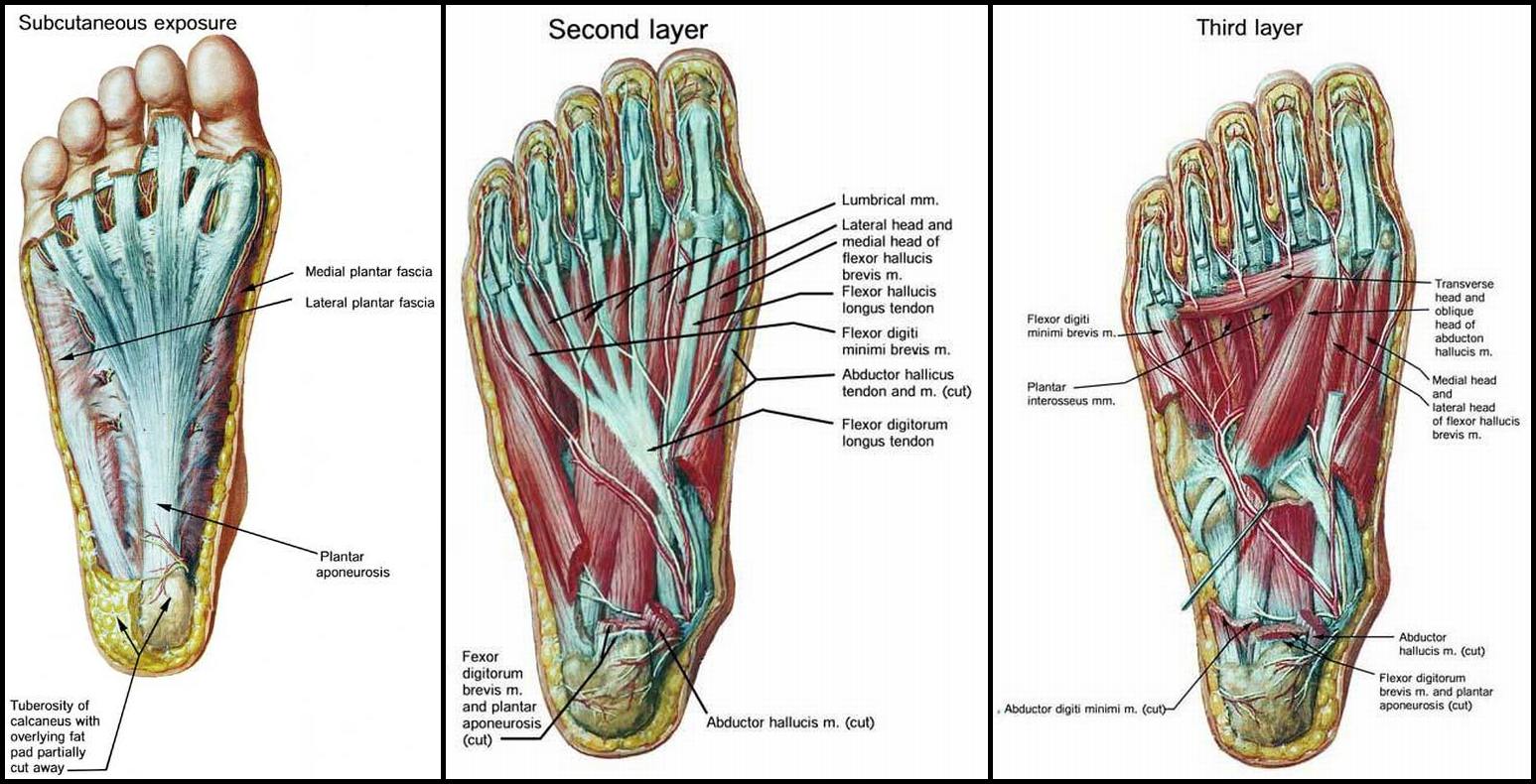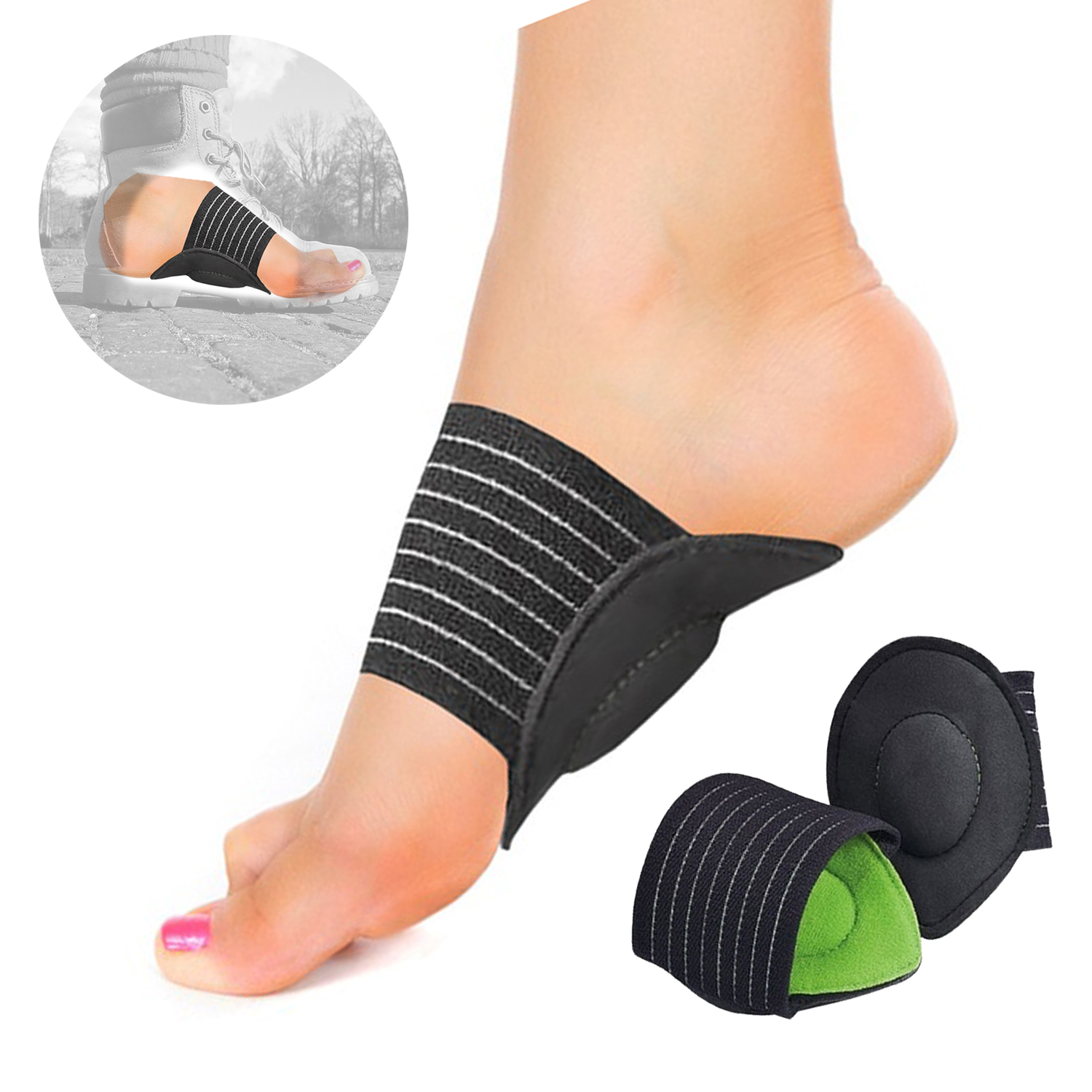

If you develop high arches later in life, or if only one of your arches becomes raised, it's time to see a doctor as it could be a symptom of a neurological disorder. While most people who have high arches are born with them, there are some people who develop them over time. The impression of your wet footprint is just your heel and the ball of your foot, with a mid-foot that doesn't leave a mark. If you take the wet footprint test, you'll see why. You may have heard high arches referred to as "pes cavus," which means "hollow foot" in Latin. This puts added pressure on the ball and heel of your foot. The arch of your foot is very pronounced and doesn't touch the ground when you stand evenly on both feet. High arches are exactly what they sound like. Shop Insoles What You Need To Know - What Are High Arches? If you're dealing with plantar fasciitis or other foot pain, shop Pace Insoles, and if you're an athlete who needs superior energy return, look at Dash Insoles. If you just need more comfortable footwear, check out Ramble Insoles. For high arches, we recommend Tread Labs high and extra high arch supports.Properly supporting your high arches can help you avoid the common foot problems associated with them.High arches usually run in families, but if you develop them over a short period of time, see a doctor.

That can lead to pain, corns and calluses, arch stiffness, and tight calf muscles. High arches don't touch the ground when you stand evenly on both feet, concentrating your weight on your heels and the balls of your feet.

But do you know the common foot problems you're more likely to end up with? If you have arches that don't touch the ground, there's one thing you can do to avoid these issues, and it's so easy you'll wonder why you're not already doing it. Treatment could include exercises and stretches for the plantar fascia, custom fitting shoe inserts to provide better support to the arch, help with a weight loss plan, and a number of other treatment plans.If you have high arches, you probably know it. The doctor will recommend the best treatment method. The doctor will assess the pain symptoms with both physical examination of the foot and asking questions concerning the severity, frequency, times of the day when the pain is manifest, and any physical activities that may be contributing to the condition. DIAGNOSIS:ĭiagnosis involves a thorough examination of the foot. If arch pain persists beyond a few days, a foot and ankle surgeon should be seen and treatment prescribed for the condition to prevent it from becoming worse. Arch pain usually develops from overuse, overweight, improper fitting shoes (poor arch support), weight gain, or acute (sudden) injury. With plantar fascia, the pain normally decreases some throughout the day. SIGNS AND SYMPTOMS:Īrch pain can be especially intense in the morning when weight is first put on the feet. The additional weight can cause a “falling of the arch” which puts extra strain on the plantar fascia. People who are overweight are also more susceptible to arch pain, and in particular, more susceptible to developing plantar fascia. The condition is sometimes associated with a heel spur, a bony-like growth on the bottom of the foot bone. The straining and inflammation of the plantar fascia is known as “plantar fasciitis”. The plantar fascia is a long ligament on the bottom of the foot. Arch pain is usually due to strain or inflammation of the plantar fascia. Arch pain is quite common, especially among people with high arches. Arch pain is distinguishable as a pain or aching felt at any point across the bottom of the foot between the heel and the ball of the foot.


 0 kommentar(er)
0 kommentar(er)
